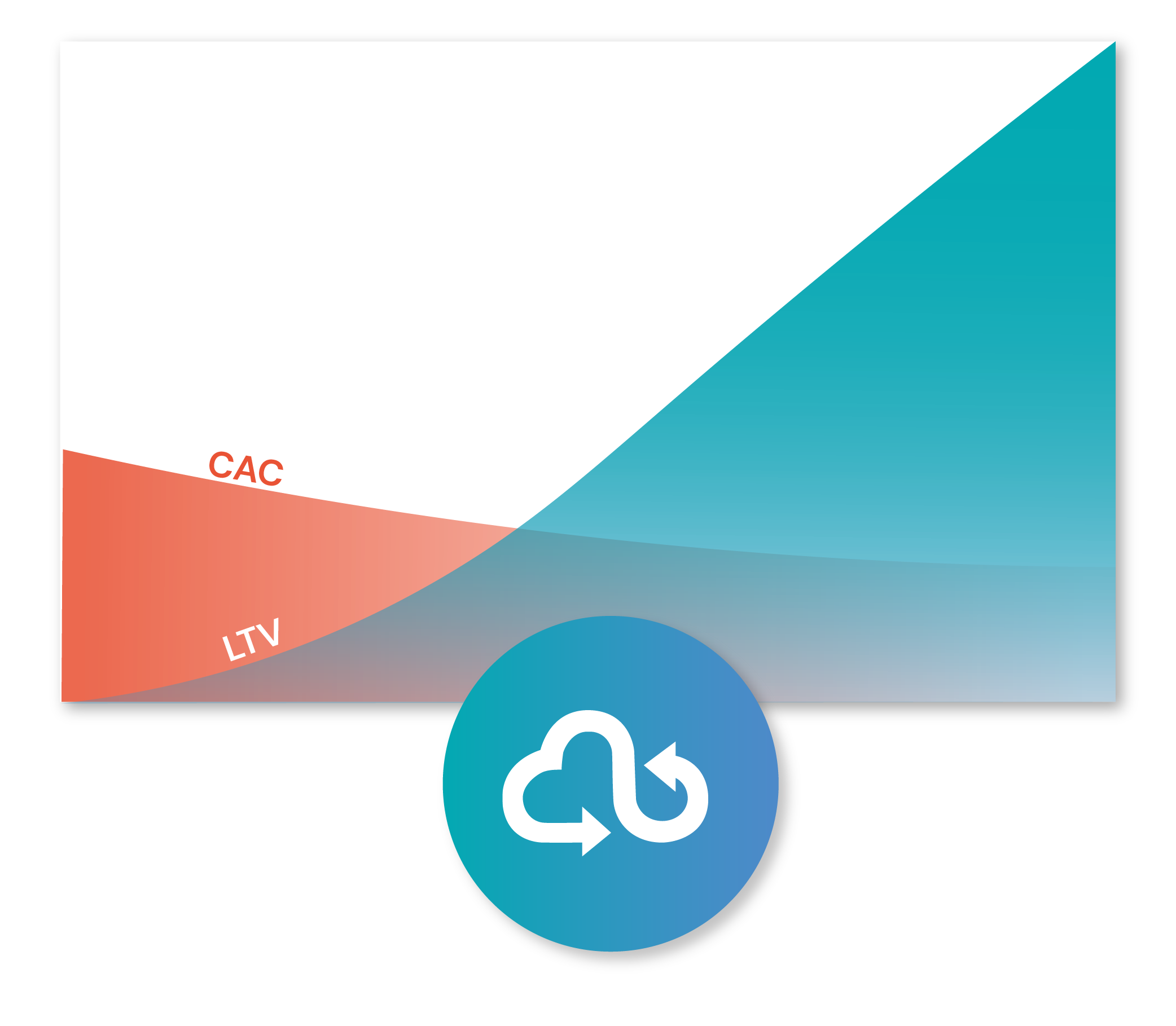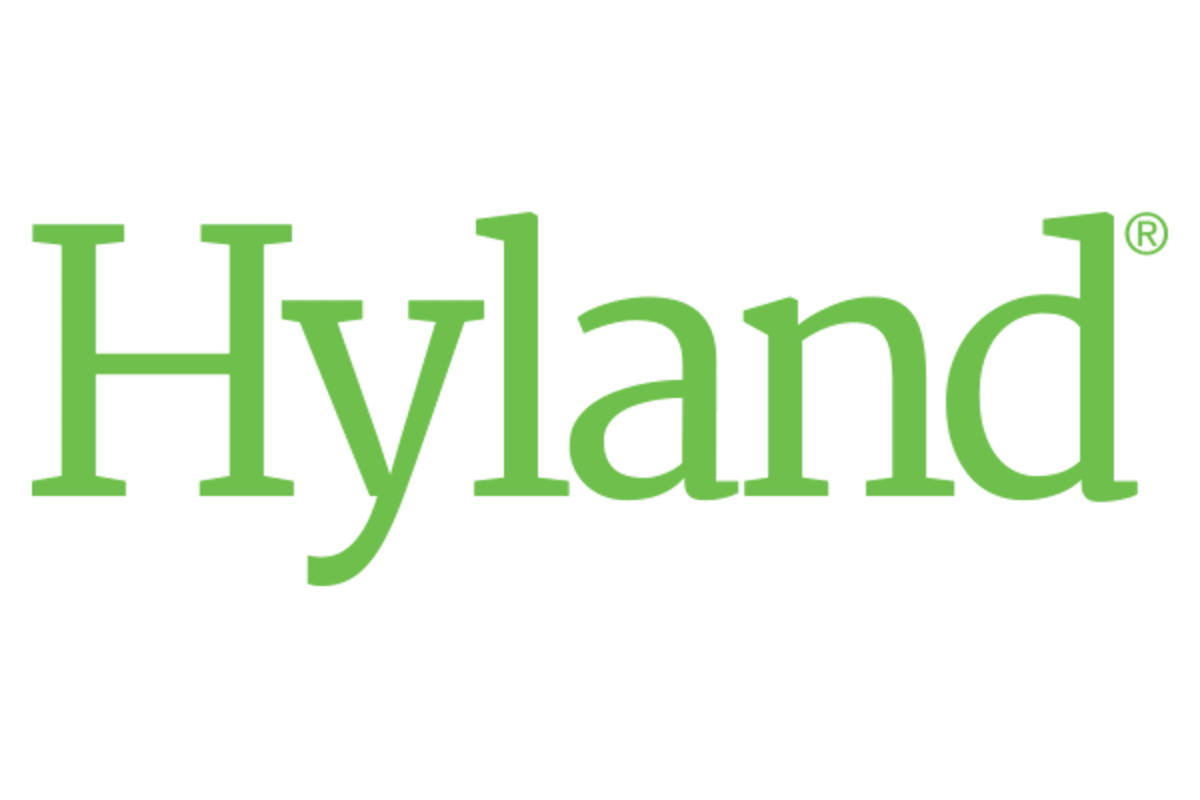
Reduce Waste. Replace Tools. Cut Costs.
One data platform to clean, unify, distribute and visualize all customer data in your GTM stack.

One data platform to clean, unify, distribute and visualize all customer data in your GTM stack.



Syncari’s unique patented tech gives you unprecedented control over your first-party data, while drastically reducing complexity and cost.
Syncari scales with you. Pay only for the contacts, accounts and other records you unify with Syncari, regardless of how many systems are connected.
There are a few different types of data tools out there. Because Syncari covers many categories, it’s important to compare the “total cost of ownership” of different approaches.
For example, if you want to connect two systems, such as CRM and ERP, there are inexpensive integration tools you can use to send data back and forth. The same is true for ETL to a warehouse, or reverse ETL from warehouse to your CRM.
But there are a few hidden costs that balloon pretty quickly:
Ultimately these reasons and more are why we don’t recommend GTM Ops or RevOps teams deploy Modern Data Stack environments.
Syncari’s pricing model – by number of records unified – is more predictable than any other approach to data tooling cost structures. If you have X contacts at Y companies, you can place yourself in our transparent pricing structure quickly. You can also project that if you scale outbound, gather X more contacts at Y more companies, and need them unified across your stack, you’ll know where you stand with Syncari.
Syncari’s pricing is tied directly to the scale of the technology in your stack. If you have more contacts, more tickets, more opportunities – it costs more. If you have less, it costs less. This means there is no inflated middleware cost. Large companies with large stacks are on large plans, small companies with small stacks are on small plans.